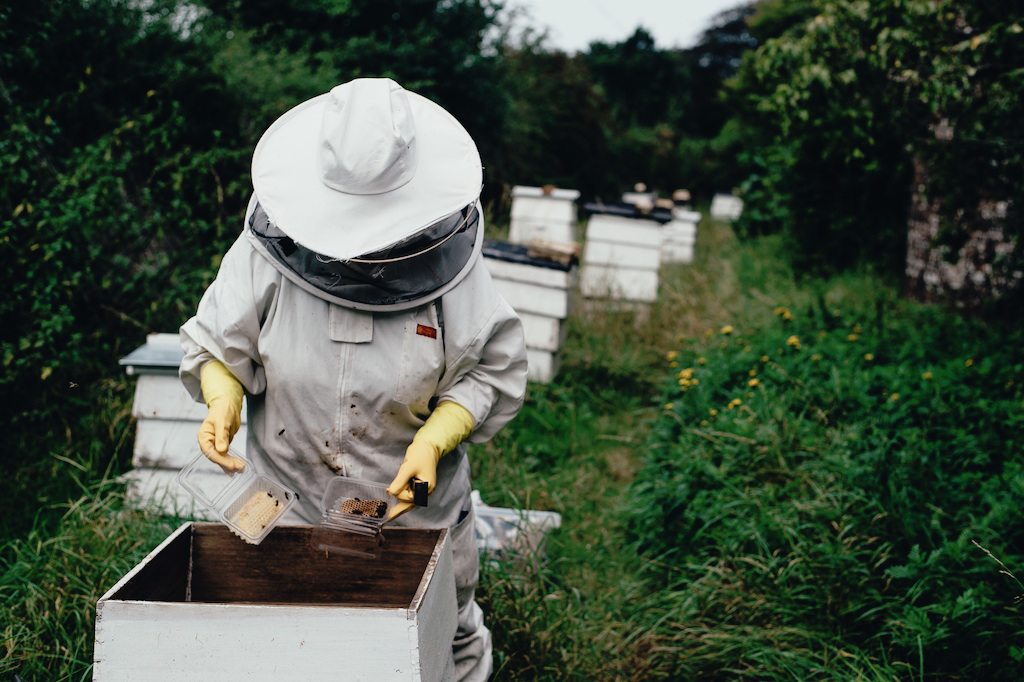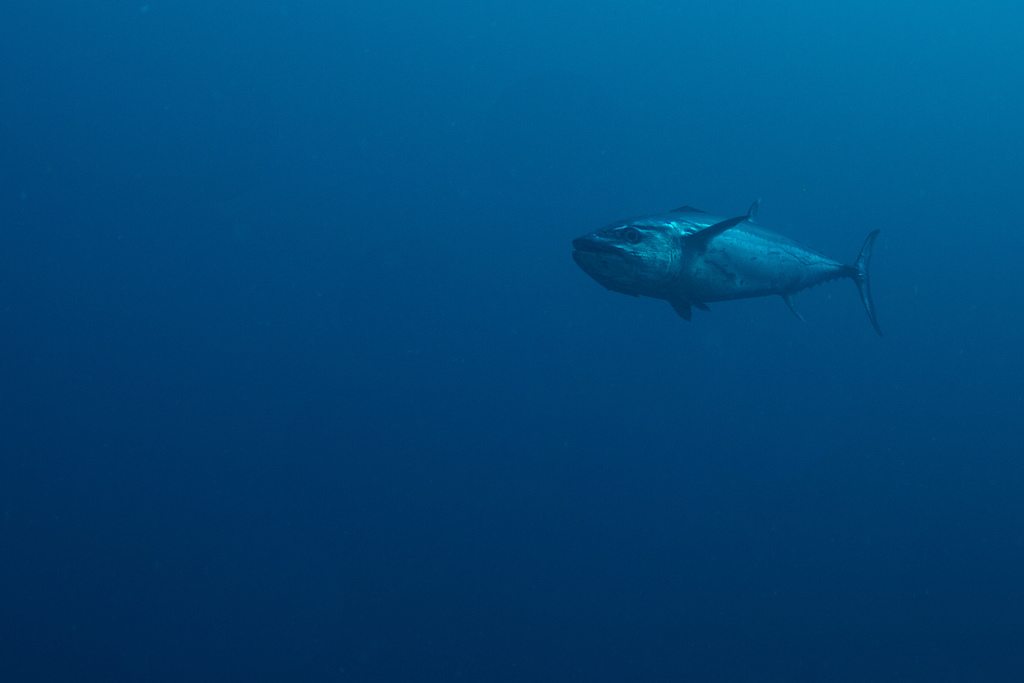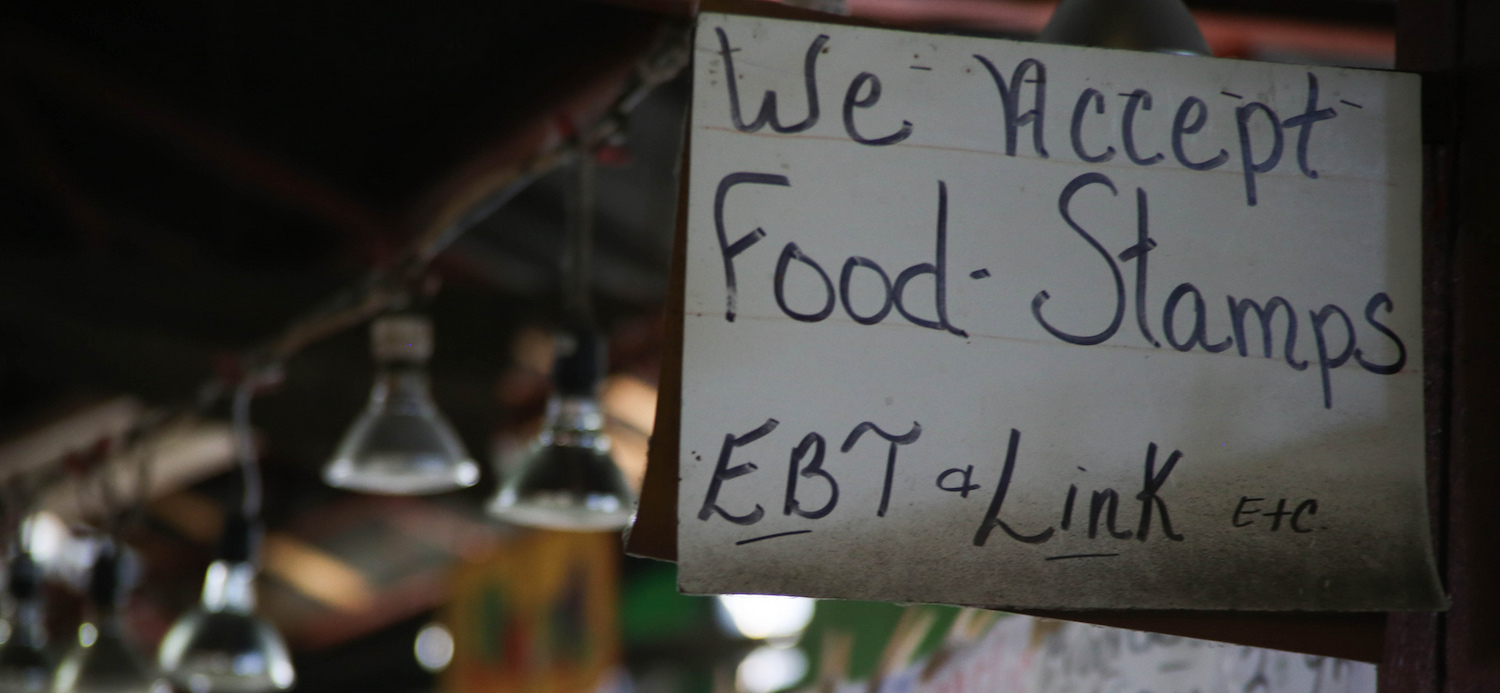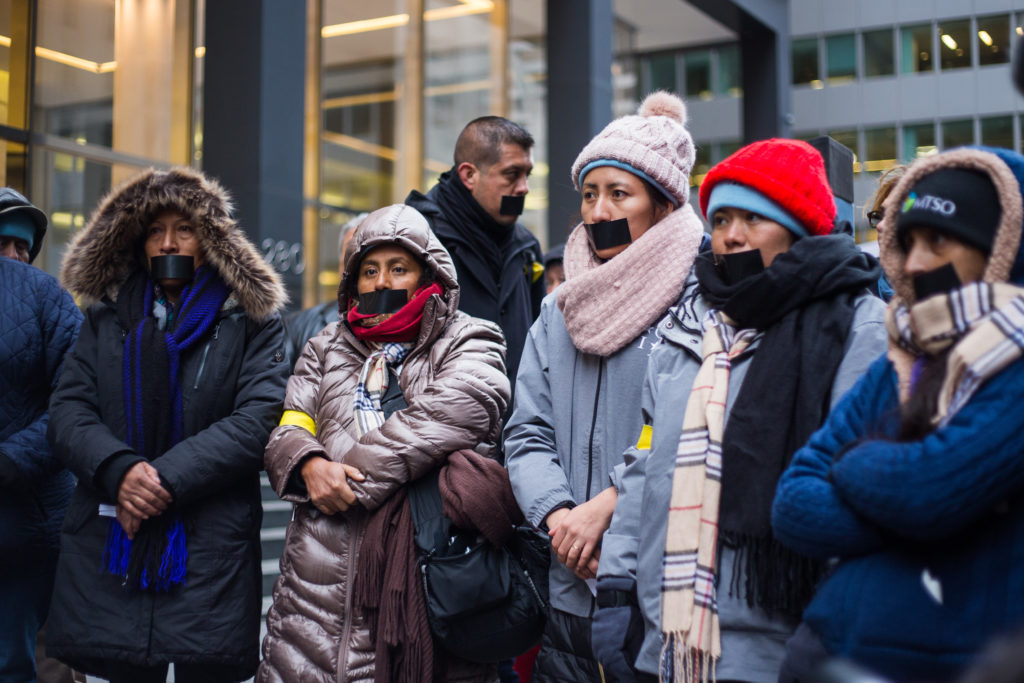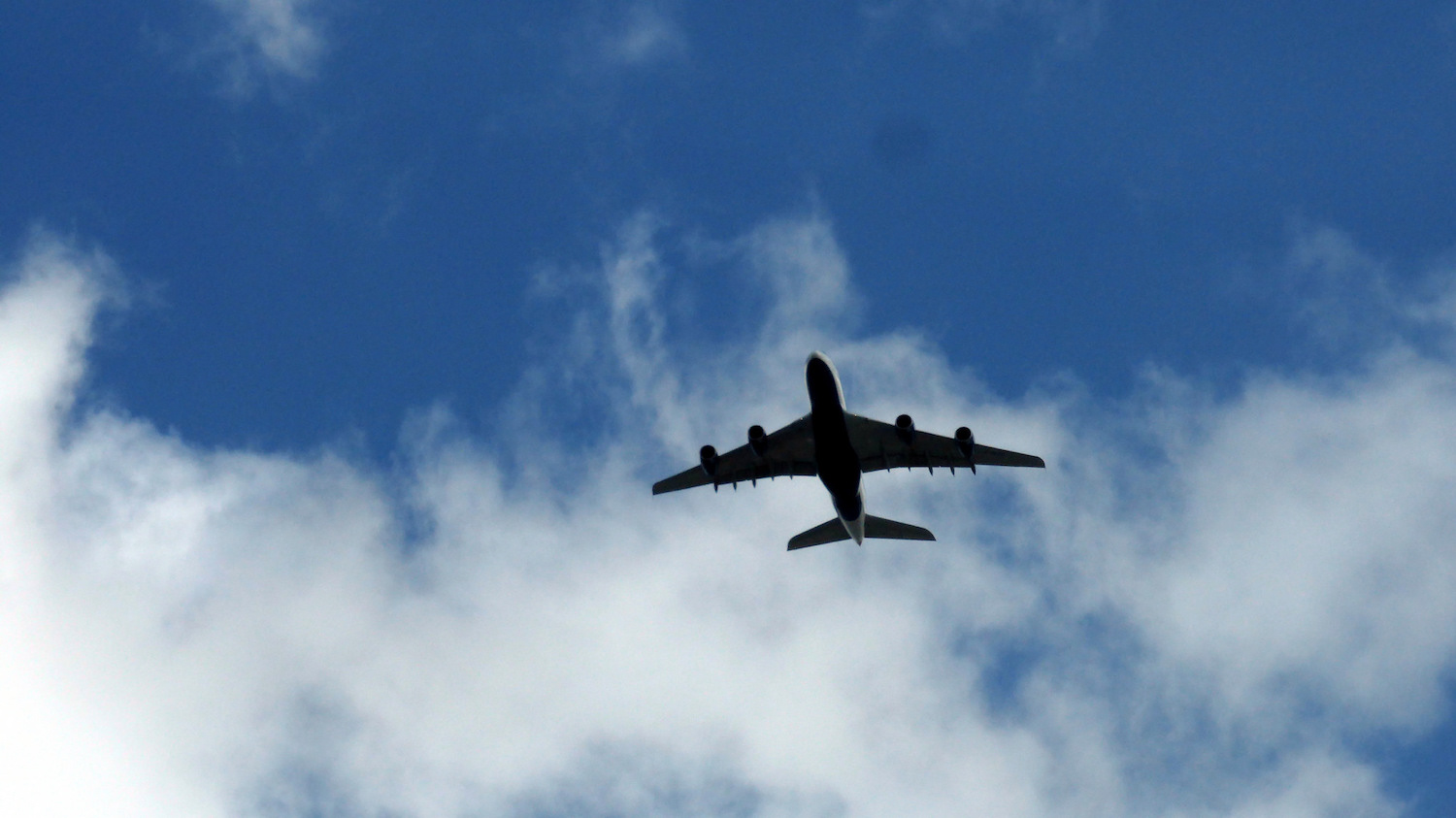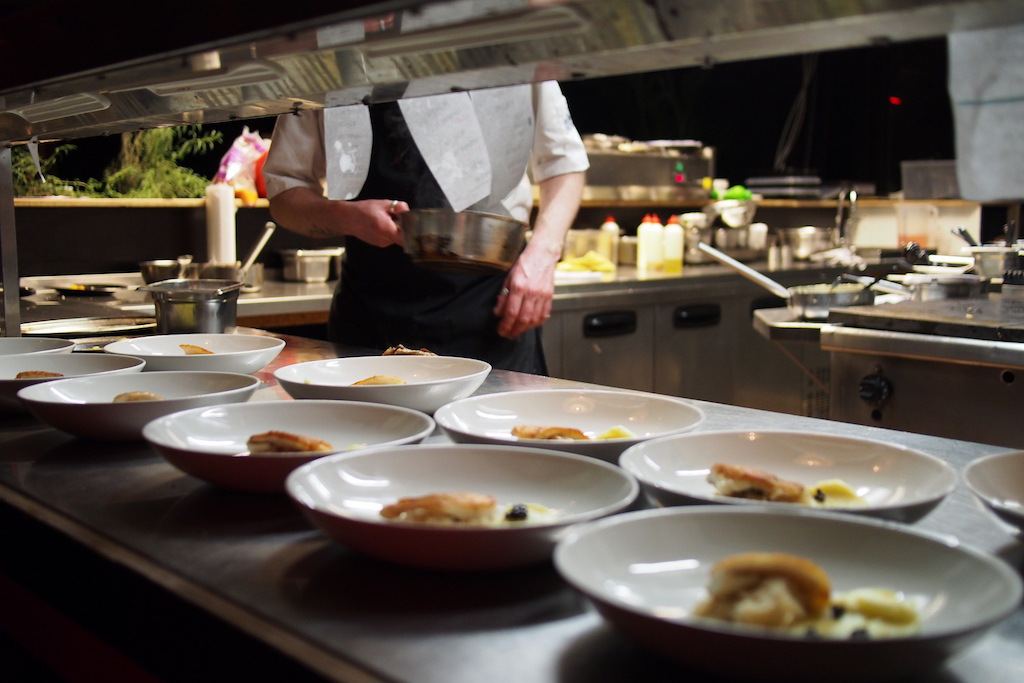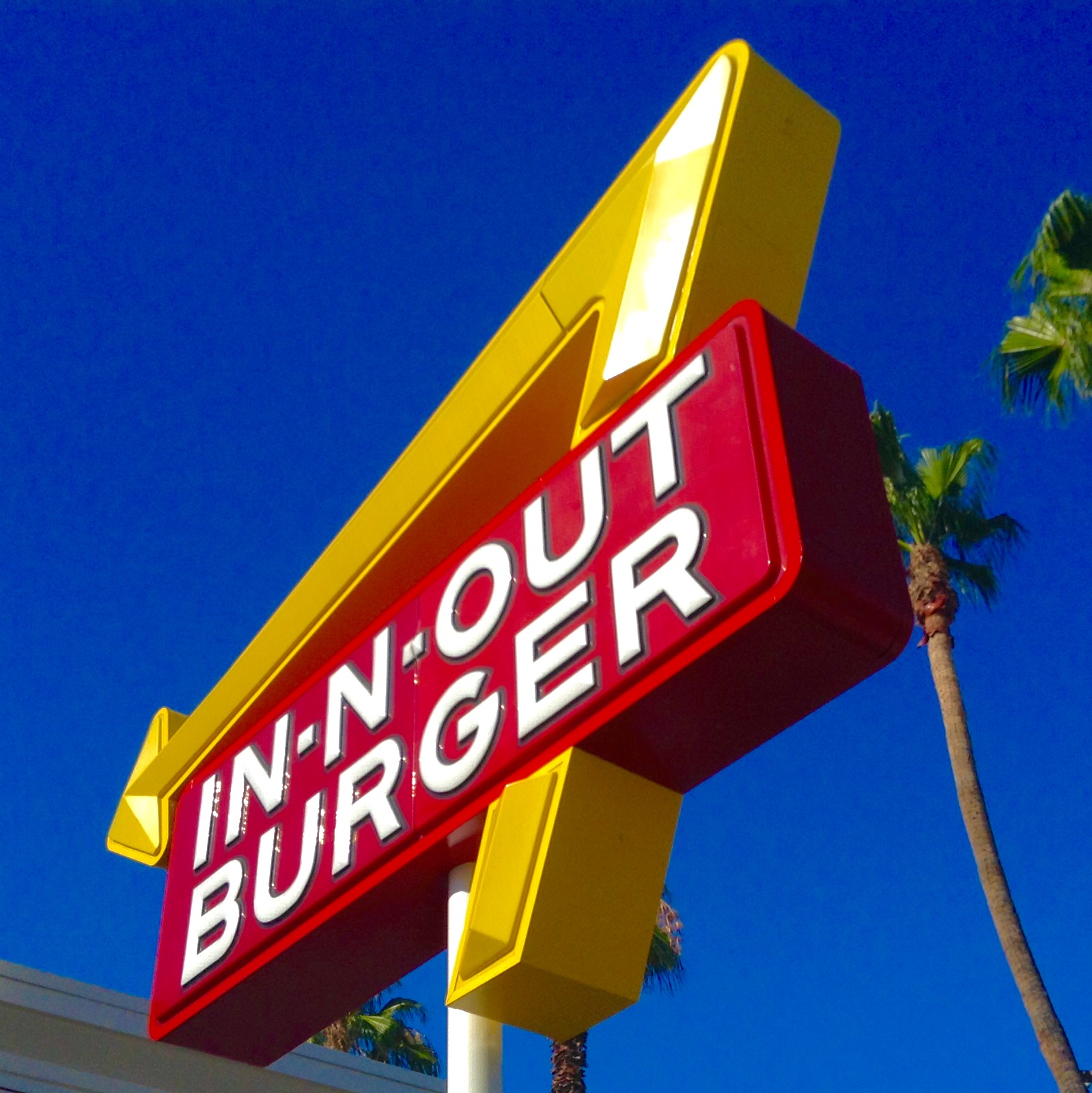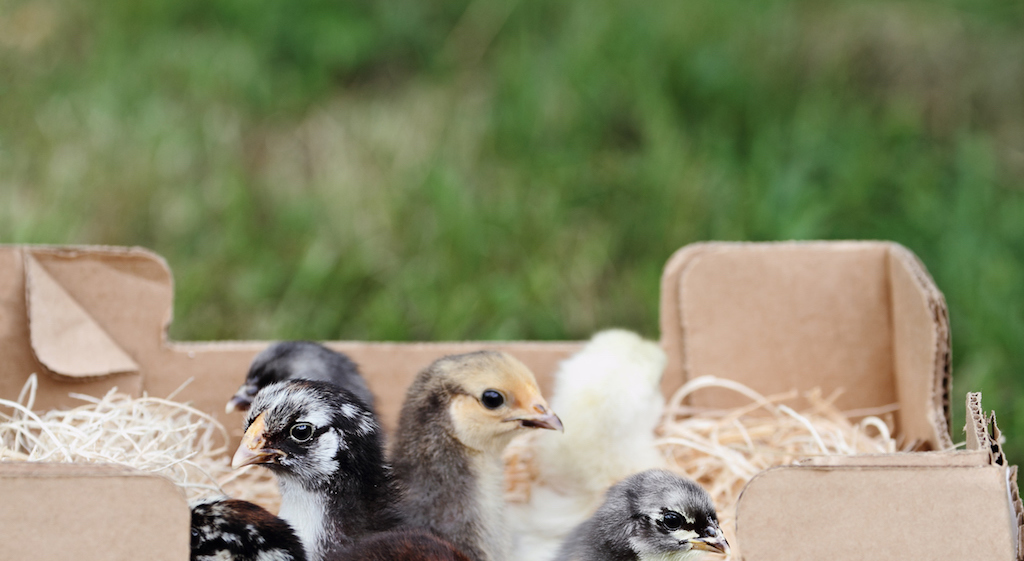
iStock / Stephanie Frey
“Good morning, this is the post office, just calling to let you know your baby chicks are here for pick up.” The woman who left this message early on a Tuesday morning has a sing-song voice, like someone calling to say you’ve won a prize. Or, in this case, that they can’t wait to present you with an opaque cardboard box, peppered with air holes, that’s making a cacophonous peeping noise. I show up at the post office to collect the birds, which I can hear coming from the back room long before I see them. I ask the clerk whether she gets chick shipments a lot. “Oh all the time,” she says. “I just love it.”
Every year, starting at the end of winter and continuing into the fall, millions of chicks make their way to new homes under the care of post offices just like this one near Portland, Oregon. In fact, the post office has officially been mailing out poultry and select other live animals like bees, snails, scorpions, goldfish, “small, harmless, cold-blooded animals,” and even baby alligators—so long as they’re under 20 inches—to people all over the country since 1918.
Since we first domesticated chickens, it has been common knowledge among chicken keepers that newly hatched chicks don’t need food or water for two to three days after coming out of their shells. Just before they leave the shell, chicks absorb the yolk left inside it, which provides all the nutrients they need for their first days of life. As John Metzer, owner of Gonzales, California-based Metzer Farms Hatchery quips, “God designed them that way so we can mail them.”
At Murray McMurray Hatchery in Webster City, Iowa, which was founded in 1917, hatch day starts at 4 a.m., when the managers pull chicks out of their incubators and put them into hatch baskets, vice president Tom Watkins tells me. From there, the chicks have to be sexed—an inexact science given that male genitals in a day-old-chick are usually compared to a “tiny pimple.” (“Everyone wants females. You want a bird that lays an egg and is pretty,” says Watkins.)
 Murray McMurray Hatchery
Murray McMurray Hatchery With many people requesting flocks made up of multiple birds, Murray McMurray Hatchery can end up with a lot of orders to sift through in a single day
Only a few hatcheries have a three-chick minimum and many more require orders of seven or even 15, since chicks aren’t able to regulate their temperatures and can die in transit if they get too cold. “After we get each bird sexed we go through and fill each customer’s unique order,” says Watkins. And the McMurray managers do it all by hand. With many people requesting flocks made up of multiple birds, McMurray can end up with a lot of orders to sift through in a single day.
McMurray and other hatcheries usually deliver directly to a nearby airport post office to help the birds reach their final destination more quickly. McMurray looks at the destination zip code and postal flight schedules to organize which orders need to go on which flights and at what times. When I say that it sounds like a lot of work for chicks that are often valued at no more than a than a few dollars per bird, Watkins laughs. That’s just the business.
By 1915, there were 200 commercial hatcheries in the U.S. Yet their success rates were often far below Pine Tree’s. That same year, a group of commercial hatcherymen formed the International Baby Chick Association and, as one of their first acts, lobbied the USPS to start shipping poultry through its new parcel post service, which was faster, safer, and more economical than the hodgepodge of express services hatcheries had been using. The association’s president wrote a letter to the editor of Poultry Success Journal in 1918 that said, “There is no question but that the baby chick industry would have been in deplorable condition had not the parcel post service been secured at this time.” Less than a decade after parcel post started accepting chicks, the hatchery industry had grown so much that there were over 10,000 in the U.S. alone.
 Murray McMurray Hatchery
Murray McMurray Hatchery Many small farms whose eggs and chickens you might find at a local farmers’ market get their chicks from mail-order hatcheries
In many ways, the chick shipping industry hasn’t changed much in 100 years. The birds still have to get to their final destination within 72 hours. They’re still frequently flown in little more than sturdy cardboard boxes. Most sales still take place in spring and early summer. The main difference is that, today, airlines rather than railroads transport the majority of chicks across the country. And more and more people are ordering their birds direct from hatcheries online rather than going to their local farm store. Because the USPS started accepting live poultry so close to the time the hatchery industry really took off, few people can imagine what the world of poultry would look like without it.
Many small farms whose eggs and chickens you might find at a local farmers’ market get their chicks from mail-order hatcheries. Without them, farmers’ markets wouldn’t have poultry, says Metzer: “There would not be smaller producers able to efficiently do that.” Industrial operations like Tyson or Foster Farms have their own hatcheries and delivery systems, as well as their own breeders. Metzer says that without the post office, there would be more of that kind of vertical integration and fewer businesses willing to experiment with providing rare breeds. “For those people who don’t like industrial farming, well then they should encourage the post office,” he says.
Until the mid-1990s, the majority of backyard poultry owners kept live chickens to help support their families—either with extra pocket money, extra food, or both. “That’s not the reasoning anymore,” says Angie Dunlap, co-owner of Dunlap Hatchery in Caldwell, Idaho. The urban homesteading movement, which takes “buy local” to the extreme, quickly added keeping chickens to the basic package of homesteading skills. But now it’s common for backyard poultry keepers to have only a handful of chickens—which is a move away from chickens as a cost-effective food source toward chickens as pets, or as lifestyle objects.
People buying chickens for varied egg color or to act as “living yard art”—as the writers of one backyard poultry book described their hens—are happy to spend lavishly to get exactly what they want. Celebrities, from Martha Stewart and Isabella Rossellini to Oprah, have made their own backyard chickens part of their brands. And hatchery websites are happy to note when a celebrity has sourced chickens from them or whether a variety, like the chocolate-egg-laying Copper Marans, for example, is one you might recognize from Stewart’s Instagram feed. The chickens she chooses to keep frequently wind up as the next big thing in poultry. The trend of fowl-as-lifestyle-accessory would not have surged without the USPS underwriting the accessibility of breeds hatched from anywhere in the country.
 Instagram
Instagram Most hatcheries have added even more rare breeds to their catalogs in the decade-plus since the backyard poultry boom took hold
“Historically, one of the biggest threats to endangered breeds is regional isolation,” says Ryan Walker, marketing and communications manager at the Livestock Conservancy, an organization dedicated to preserving and protecting rare breeds of farm animals from extinction. If a breed only lives in a small area and there’s a natural disaster, it can wipe out “a significant portion of the population,” Walker says. He adds that the ease of shipping poultry “has allowed these genetics to be spread around the country, or even the world, in some cases.”
“I couldn’t afford to get a rare breed if I could only sell them to people who can drive and pick them up,” says Metzer. I could have maybe three breeds and Joe Blow 100 miles away would have the same three breeds.”
Official numbers of birds shipped via the USPS are hard to come by and the agency refused to comment on the shipment of live animals outside of sending along a link to the regulations on its website. But during the first six months of 2009, according to The New York Times, the post office reportedly shipped 1.2 million pounds of packages containing day-old poultry. And anecdotally, it’s likely that those numbers have only grown since. Most hatcheries I spoke with have only seen their business increase, and have added even more rare breeds to their catalogs in the decade-plus since the backyard poultry boom took hold.
The accelerated rate at which people continue to get into backyard poultry-keeping means it doesn’t take long for today’s exciting rare breed to become old news. And that’s great for preserving biodiversity, even if it can make things hard for chicken hatcheries. Ryan Walker from the Livestock Conservancy says that most hatcheries plan their hatches a year in advance, and staying on top of the latest and greatest chicken breeds can be difficult. “The demand for birds has really changed,” he says. McMurray and other hatcheries used to be able to make an extra profit off of merchandise like poultry food, starter necessities like feeders and waterers—even on books and apparel. “But you can’t compete with Amazon and the merchandise stuff is almost gone,” says Walker. “They’re large enough to undercut everything.”
The tradition of spring chicks popping out of Easter baskets and showing up in homesteads or in backyard coops would not be a cultural phenomenon without the post office’s participation. And it’s unlikely that breeds like the Dominique, America’s first chicken breed, would have survived without mail-order hatcheries. Even with the post office’s help, by the 1970s, there were only four flocks of the regal, black-and-white speckled hens left in the U.S. Yet today they’ve made such a comeback you can even buy them from Tractor Supply.

